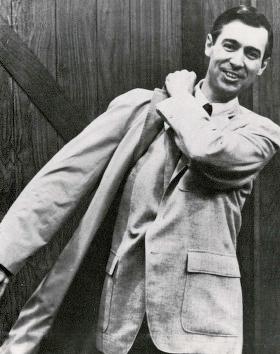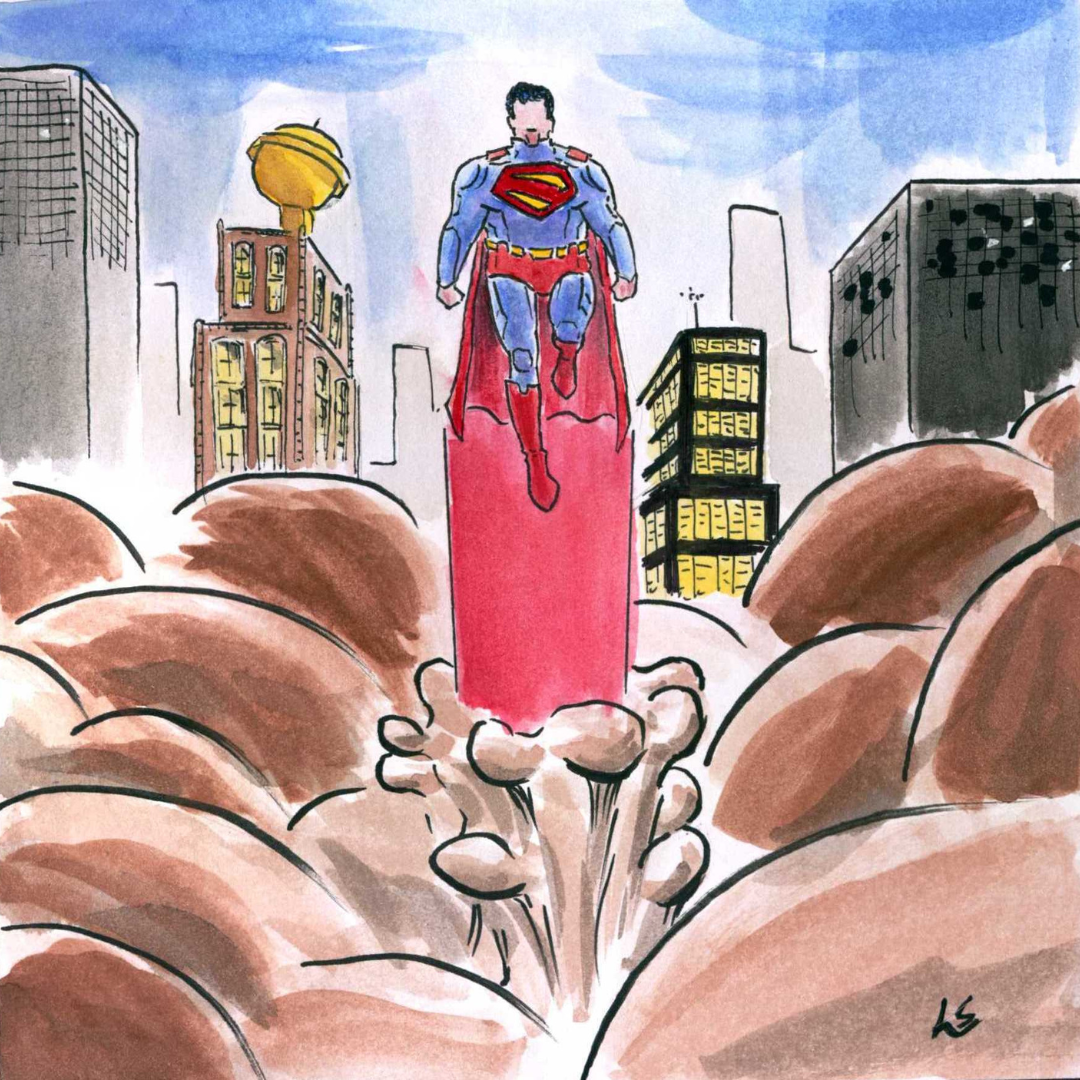Documentary explores the life and career of Mr. Rogers.
Few figures garner such massive and dedicated audiences as those of children’s television performers.
From hosts like Steve Burns, who presented “Blue’s Clues” for most of its run, to the innumerable voice actors behind animated characters like the Teenage Mutant Ninja Turtles, these entertainers dedicate most of their careers and some, their whole lives, to engaging generation after generation of children through television.
It’s easy to forget that behind the character lies a person who may not believe in what they’re saying or doing on screen. Viewers may confuse their favorite on-camera personality with that off-camera one.
One of the most famous children’s TV performers of all time, however, had no such problem.
Fred Rogers, the creator and star of the PBS program “Mister Rogers’ Neighborhood,” is the subject of “Won’t You Be My Neighbor?” This bio-documentary was released this summer from filmmaker Morgan Neville.
Known to millions of families as “Mr. Rogers,” he hosted, wrote, puppeteered and composed music for every episode in the 33 years the show ran, developing a warm reputation for his affable nature and creative storytelling.
Since his death in 2003, Rogers has transcended his TV personality, with rumors circulating about his life: he was in the army and hid tattoos under his famous cardigan sweaters (not true), he had a violent past as a criminal (also not true), he worked with a horror movie director (true, but before the director made horror movies).
His life has even inspired an upcoming feature film, with the current America’s Nicest Guy titleholder, Tom Hanks, set to play him.
It’s almost impossible to look at Rogers objectively now, but director Neville seeks to find the man behind the legend.
In interviews with cast and crew members from the show, frequent guests like Yo-Yo Ma and Rogers’ wife, Joanne Rogers, Neville details how Rogers was aware of children’s tendencies to conflate the real and the pretend and so set about to firmly but gently incorporate both into his own show.
Pulling back the curtain later became a beloved pastime on the show, as Rogers toured Hollywood studios and interviewed actors in an effort to tell his young viewers that what they saw on TV and in movies was make-believe, but the real world was equally important.
Similarly, Rogers himself was the real deal. According to all those involved in the making of the documentary, he was the rare case of “what you see is what you get.”
He was, according to his sister and brother, a compassionate man who just wanted to make the world a better place through the then-new medium of television.
He still had moments where he was unsure of himself and doubted his abilities when children’s programming took a more energetic and violent turn in the 1980s, so recalls Joanne Rogers. This is heartbreaking to hear, but to his friends and family, Rogers remained optimistic.
Neville, who won an Oscar several years ago for “20 Feet From Stardom,” doesn’t treat this information as shocking, but as a natural progression.
He makes sure to show every facet of Rogers’ personality that led to that point: a father, a husband, an ordained minister, a music lover and a humanitarian.
One of Rogers’ famous quotes is continually circulated in times of crisis: “Look for the helpers. You will always find people who are helping.”
In his era, Neville suggests, Rogers was one such helper – always ready to inquire, to lend an ear or helping hand, to broadcast a message of positivity.
The film that bears his mantra is a fully-fleshed portrait of a modern folk hero, open to viewers familiar and unfamiliar, welcoming and neighborly – like Rogers himself.














































